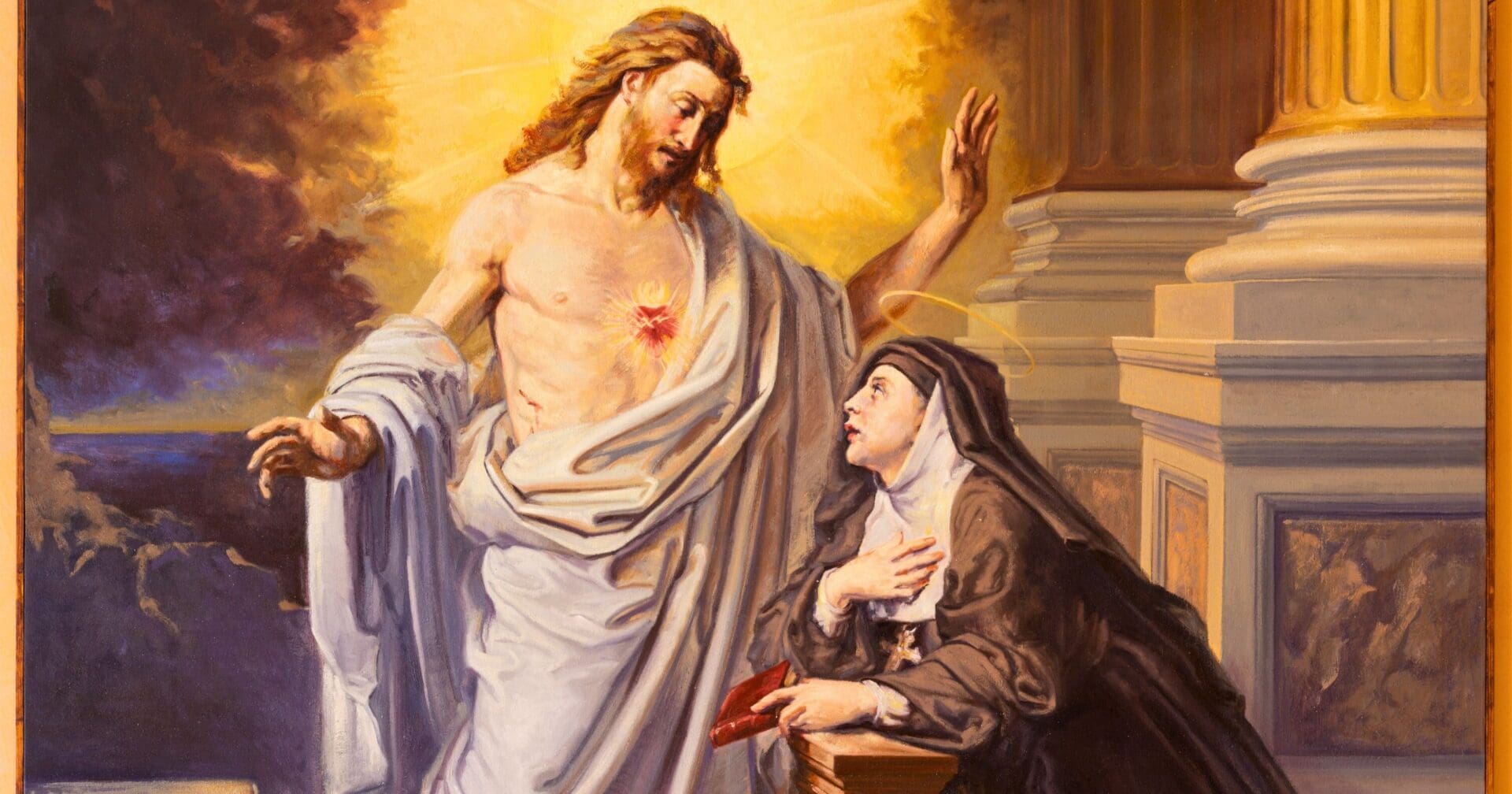
Less than two decades before the birth of Saint Teresa of Avila in 1515, Columbus unveiled the Western Hemisphere to European explorers. Shortly after her birth, Luther ignited the Protestant Reformation. Amidst these transformative times, Teresa emerged, advocating for inner peace amidst external chaos.
Teresa’s early life was marked by contrasting influences. Her father was devout and stringent, possibly to an extreme. Her mother, on the other hand, harbored a love for romance novels, secretly reading them due to her husband’s disapproval. Young Teresa found herself torn between these worlds, fond of the romantic tales yet caught between her parents’ contrasting views.
A particularly daring escapade saw a five-year-old Teresa attempting to venture to the land of the Moors with her elder brother, hoping to become martyrs. The adventure was cut short when an uncle intercepted them. Rather than seeing this as a sign of early sainthood, it might better be viewed as a sign to her mischievous spirit.
As a teenager, Teresa was no different from many of her contemporaries – intrigued by fashion, boys, and a bit of rebellion. Concerned about her behavior, her father sent her to a convent. Initially reluctant, Teresa gradually warmed to the religious life, influenced by her deepening connection to God and the relative leniency of the convent compared to her father’s home.
However, when the time came to commit to religious life or matrimony, Teresa struggled. Witnessing her mother’s challenging marriage made her wary. She chose the religious path, driven by the belief that it might shield her from her perceived sinful nature.
At the Carmelite convent, Teresa devoted herself to mental prayer. But, the environment wasn’t always conducive. The convent housed many who weren’t necessarily there for spiritual reasons, and distractions were rampant. Teresa herself was not immune, often getting drawn into worldly pursuits like gossip and vanity.
A severe bout of malaria, which left Teresa paralyzed for years, should have brought her closer to God. But instead, she drifted away, using her illness as an excuse. It wasn’t until she was 41 that she recommitted to her prayer life.
Teresa’s renewed devotion brought her profound spiritual experiences, but it also drew scrutiny. Some viewed her visions with suspicion. At one point, following a confessor’s advice, she even made obscene gestures during her visions to counteract supposed demonic influences.
Realizing the need for reform in her religious order, at 43, Teresa embarked on a mission to establish a new convent grounded in simplicity and devout prayer. This was not without challenges. She faced opposition from religious leaders, fellow nuns, and even society at large. Despite the hardships, Teresa’s message about prayer resonated far and wide. Her writings became influential, providing insights on spiritual life and the nature of prayer.
Teresa’s life was a blend of challenges and spiritual revelations. She navigated through worldly obstacles with grace and humor. Passing away at 67, her legacy endures in the Discalced Carmelites order she founded. In 1970, her profound writings on prayer earned her the title of a Doctor of the Church. Today, she is a role model for those seeking spiritual depth, and as a patron saint for headache sufferers. Her legacy is symbolized by a heart, an arrow, and a book. She was canonized in 1622.
Editorial credit: Renata Sedmakova / Shutterstock.com
The post Saint Teresa of Avila appeared first on uCatholic.
Daily Reading
Memorial of Saints Basil the Great and Gregory Nazianzen, Bishops and Doctors of the Church
Readings for the Memorial of Saints Basil the Great and Gregory Nazianzen, Bishops and Doctors of the Church Reading 1 1 John 2:22-28 Beloved: Who is the liar? Whoever denies…
Daily Meditation
A Voice in Today’s WildernessUna voz en la jungla de hoy día
Click here for daily readings Today’s Gospel passage is especially relevant as we begin a new year with resolutions and hope. In this reading we hear John’s declaration echoing the…




